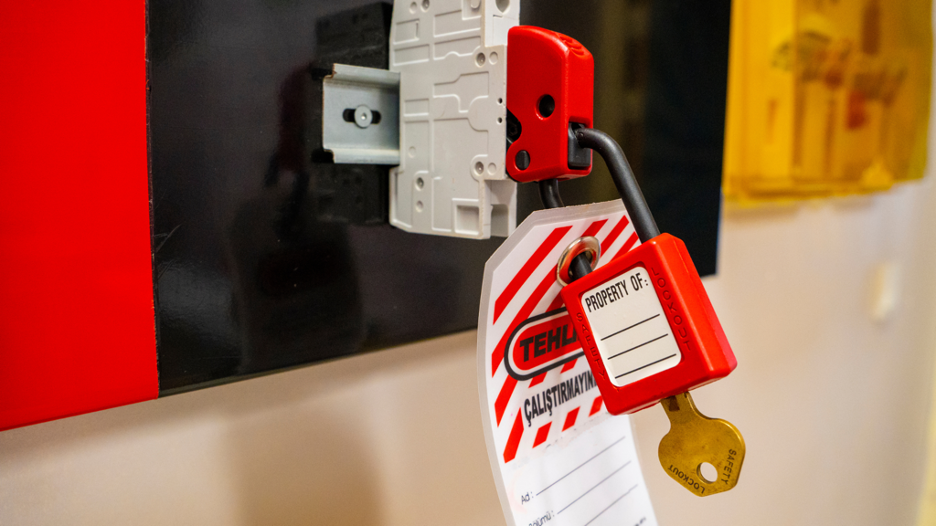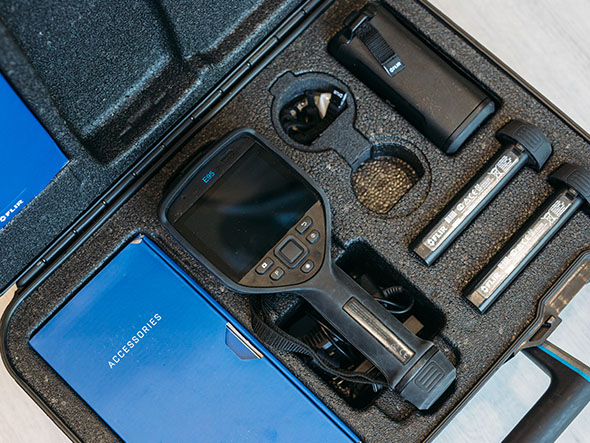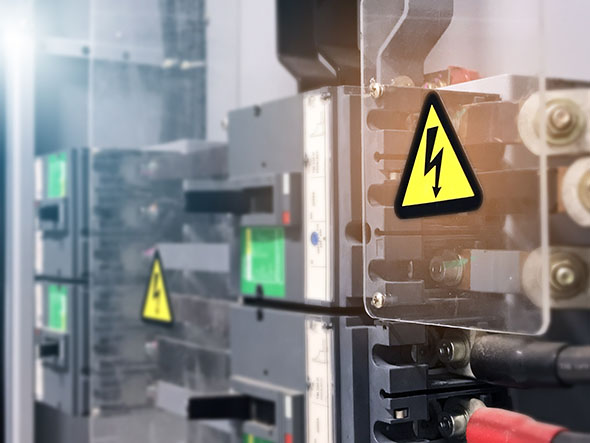Understanding Single-Line Diagrams and NFPA 70B Compliance
Chapter 6 of the NFPA 70B 2023 edition emphasizes the importance of maintaining accurate and legible single-line diagrams. It specifies that short circuit and coordination studies should be created and reviewed for accuracy at intervals not exceeding five years. In electrical engineering, riser diagrams, impedance diagrams and single line diagrams are graphical representations used to illustrate different aspects of electrical systems, particularly in building design and power distribution. These updates to the NFPA 70B have transitioned from recommendations and are now enforceable standards, reflecting a significant shift in the industry’s methodology to electrical equipment maintenance.
-
- Electrical Riser Diagram:
- A riser diagram is a vertical illustration of the electrical distribution system within a building or structure. It shows how electrical circuits are distributed vertically throughout the floors of a building, typically starting from the main electrical service entrance, and extending upwards to various floors or levels.
- Riser diagrams are commonly used by electricians, engineers, and building designers to plan and visualize the electrical layout of a building. They help in understanding the routing of electrical conductors, distribution panels, and other electrical components.
- Key elements depicted in a riser diagram include electrical panels, feeders, branch circuits, and their connections from floor to floor. It may also show the locations of switches, outlets, and other electrical devices.
- Impedance Diagram:
- An impedance diagram is a graphical representation used in power system analysis to illustrate the impedance characteristics of electrical components such as transformers, generators, transmission lines, and loads.
- In an impedance diagram, the impedance of each component is represented by a complex number, typically in the form of a complex impedance triangle or phasor diagram. The magnitude of the impedance represents the resistance and reactance of the component, while the phase angle represents the phase shift between voltage and current.
- Impedance diagrams are essential for analyzing the behavior of electrical systems under different operating conditions, such as fault analysis, load flow studies, and transient stability analysis. They help in determining voltage regulation, fault currents, power losses, and other parameters critical for system performance.
- Impedance diagrams are often used in conjunction with other analysis tools such as circuit diagrams, one-line diagrams, and network models to provide a comprehensive understanding of the electrical system’s behavior.
- Single-Line Diagram (SLD):
- A single-line diagram is a simplified representation of an electrical system or network using single lines to represent electrical conductors and components. It provides an overview of the entire electrical system, showing the connections between various components without depicting the physical layout or specific details.
- Single-line diagrams are commonly used in power distribution systems, industrial plants, and utility networks to illustrate the arrangement and interconnection of equipment such as transformers, generators, switches, circuit breakers, and loads.
- Unlike riser diagrams, single-line diagrams focus on illustrating the electrical connections and relationships between components in a system, rather than their physical locations or vertical distribution within a building.
- Electrical Riser Diagram:
While all three riser diagrams, impedance diagrams and single-line diagrams are important tools in electrical engineering, they serve different purposes. Riser diagrams are used to illustrate the vertical distribution of electrical circuits within buildings, impedance diagrams illustrate the impedance characteristics of electrical components in power systems, aiding in analysis and design of electrical networks and single-line diagrams provide an overview of the electrical system’s topology and connections without detailing the physical layout. All three diagrams are valuable for design, analysis, maintenance, and troubleshooting of electrical systems, but they convey distinct types of information.
As part of our arc flash risk analysis, you will receive a single-line diagram to help stay compliant with the NFPA 70B and NFPA 70E.










